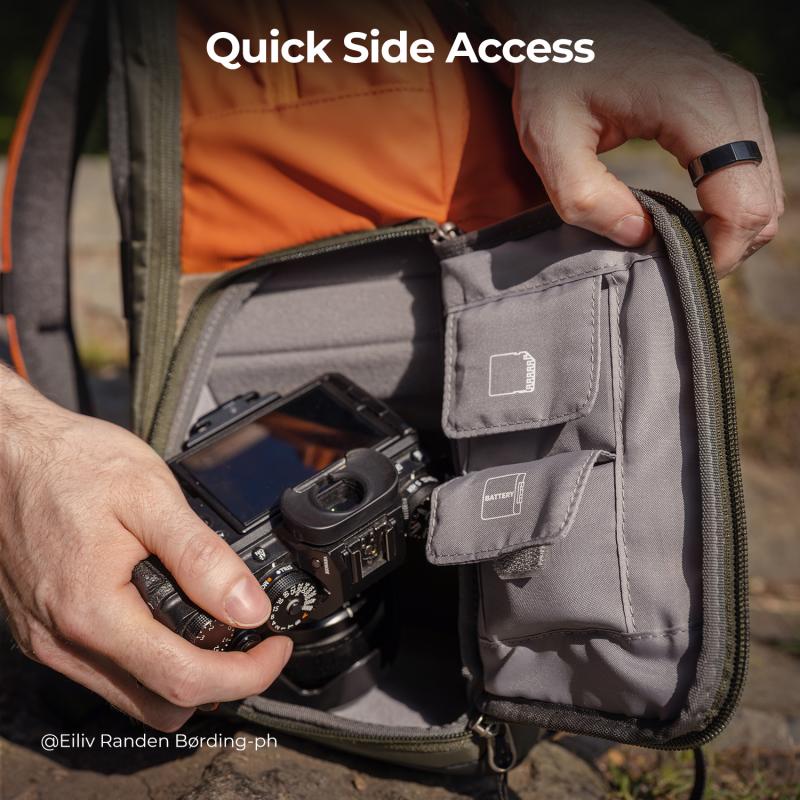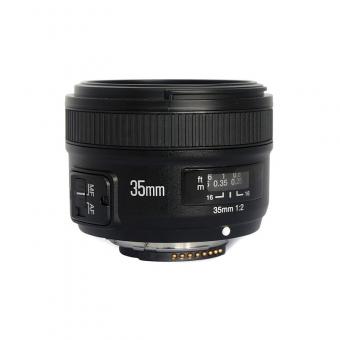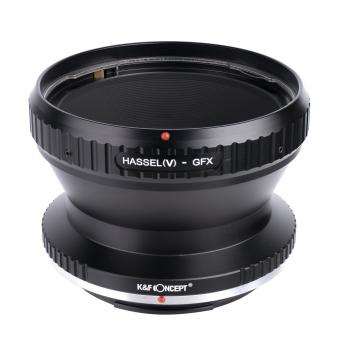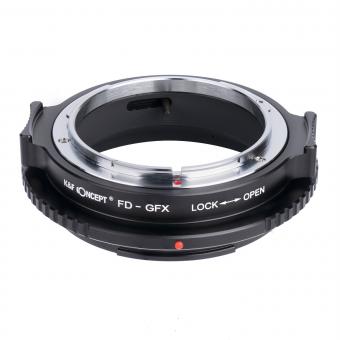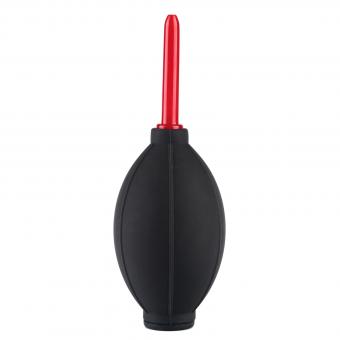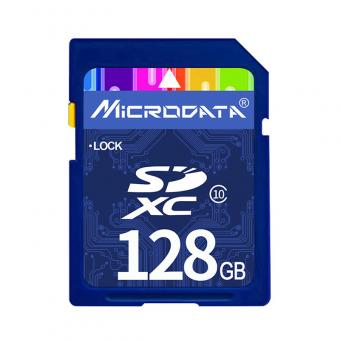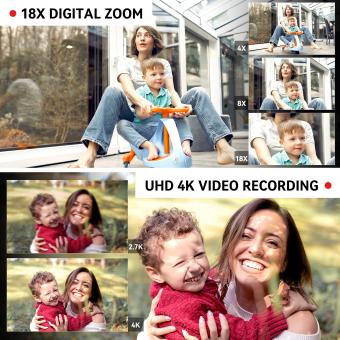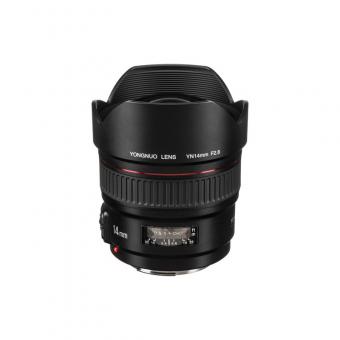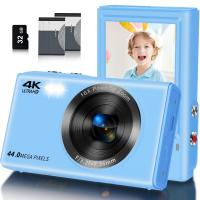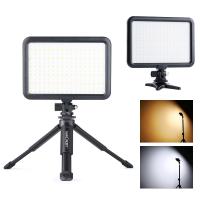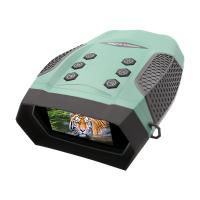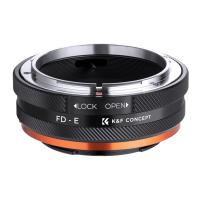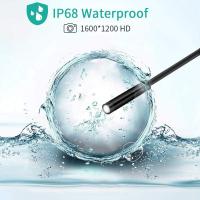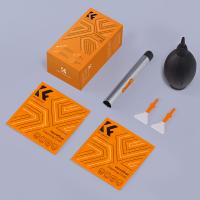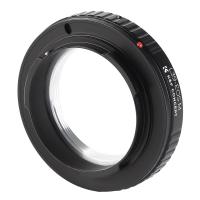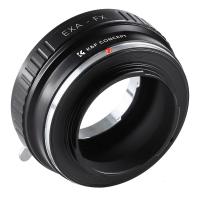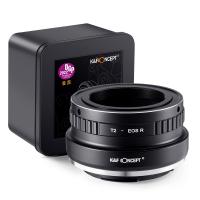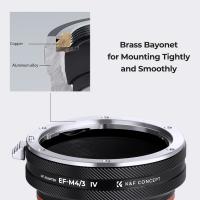Can All Digital Cameras Shoot In Raw Format ?
No, not all digital cameras can shoot in raw format. While many higher-end and professional-grade digital cameras offer the option to shoot in raw format, entry-level and some mid-range cameras may not have this capability. Raw format is a file format that captures all the data from the camera's image sensor without any processing or compression, allowing for greater flexibility in post-processing. However, shooting in raw format requires more storage space and may require specialized software to process the files.
1、 Not all digital cameras can shoot in RAW format.
Not all digital cameras can shoot in RAW format. While many high-end and professional-grade digital cameras offer the option to shoot in RAW, it is not a feature available on all cameras.
RAW format is a type of file format that captures all the data from the camera's sensor without any processing or compression. This allows for greater flexibility in post-processing, as it retains more information and provides more control over the final image. However, shooting in RAW also requires more storage space and processing power.
Entry-level and mid-range digital cameras, especially those designed for casual photography or beginners, often do not have the capability to shoot in RAW format. These cameras typically offer JPEG as the default file format, which is a compressed and processed image format that sacrifices some image quality and flexibility for smaller file sizes.
However, it is worth noting that the availability of RAW shooting has been increasing in recent years, even in some compact and mirrorless cameras aimed at enthusiasts and hobbyists. Manufacturers are recognizing the growing demand for RAW capabilities and are incorporating it into a wider range of camera models.
In conclusion, while RAW shooting is a desirable feature for many photographers, it is not universally available on all digital cameras. It is important to check the specifications and features of a camera before purchasing to ensure it meets your specific needs, including the ability to shoot in RAW format.
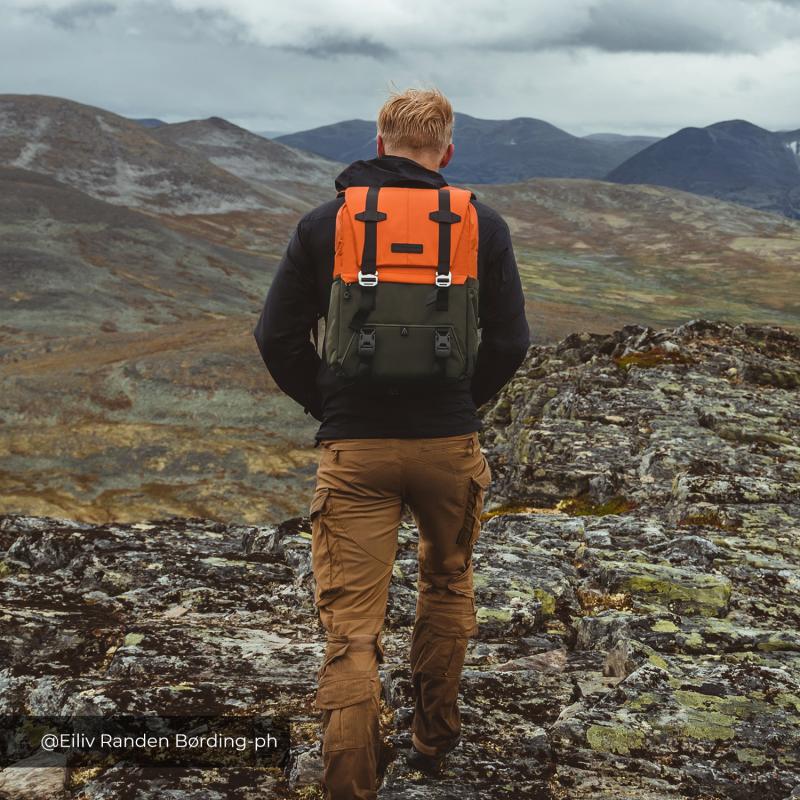
2、 RAW format availability varies among different digital camera models.
RAW format availability varies among different digital camera models. While many modern digital cameras offer the option to shoot in RAW format, it is not a universal feature across all cameras.
RAW format is a type of file format that captures all the data from the camera's sensor without any processing or compression. This allows for greater flexibility in post-processing, as it provides more information and detail compared to other file formats like JPEG.
High-end professional cameras, such as those used by photographers and filmmakers, often have the capability to shoot in RAW format. These cameras are designed to provide maximum control and flexibility to the user, allowing them to capture the highest quality images and videos.
However, as technology advances, RAW format support is becoming more common in consumer-level cameras as well. Many mid-range and even some entry-level cameras now offer the option to shoot in RAW format. This is driven by the increasing demand from photography enthusiasts who want more control over their images and are willing to invest in cameras that offer this feature.
It is important to note that while RAW format provides numerous advantages, it also requires more storage space and post-processing skills. RAW files are larger in size compared to JPEG files, as they contain more data. Additionally, RAW files need to be processed using specialized software to convert them into a usable format, which can be time-consuming for some users.
In conclusion, while RAW format availability is becoming more widespread, it still varies among different digital camera models. It is advisable to check the specifications of a camera before purchasing to ensure that it offers the desired RAW shooting capability.
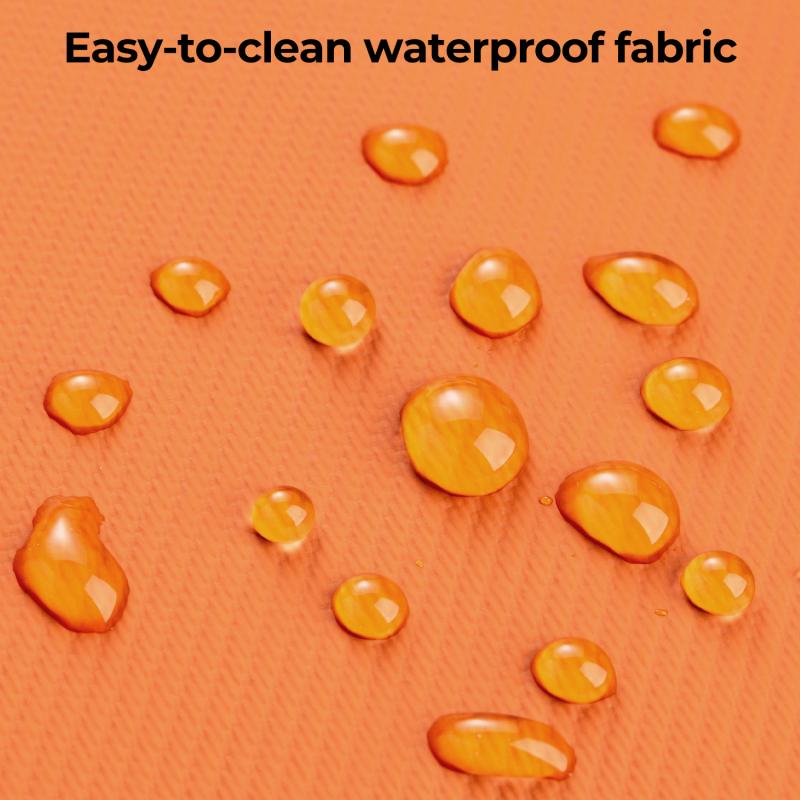
3、 Some digital cameras offer RAW shooting capabilities.
Some digital cameras offer RAW shooting capabilities. RAW format is a type of file format that captures all the data from the camera's image sensor without any processing or compression. This means that RAW files contain more information and provide greater flexibility for post-processing compared to other file formats like JPEG.
However, it is important to note that not all digital cameras have the ability to shoot in RAW format. The availability of RAW shooting capabilities depends on the camera's make and model. Higher-end digital cameras, such as DSLRs and mirrorless cameras, are more likely to offer RAW shooting options. These cameras are designed for professional and advanced photographers who require maximum control over their images.
On the other hand, entry-level point-and-shoot cameras and some smartphone cameras may not have RAW shooting capabilities. These cameras are typically designed for casual photography and prioritize ease of use and convenience over advanced features.
It is also worth mentioning that the availability of RAW shooting capabilities has been increasing in recent years. Many camera manufacturers are recognizing the demand for RAW shooting and are incorporating this feature into their newer models. Additionally, some smartphone apps and third-party software can enable RAW shooting on certain smartphone models.
In conclusion, while some digital cameras offer RAW shooting capabilities, it is not a universal feature across all cameras. It is important to check the specifications of a camera before purchasing if RAW shooting is a priority for you.
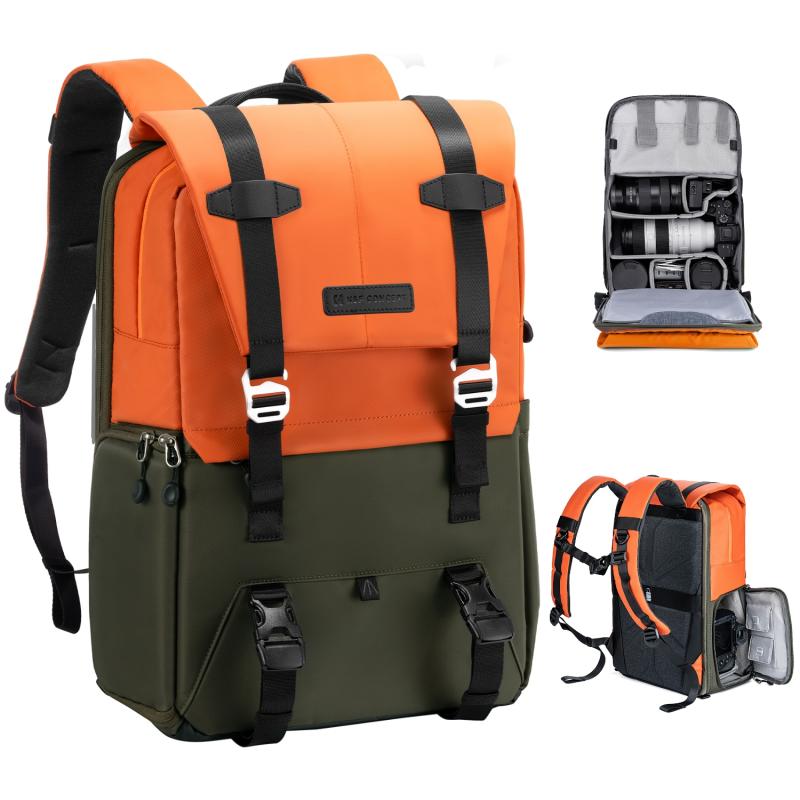
4、 RAW shooting is not a feature of all digital cameras.
RAW shooting is not a feature of all digital cameras. While many high-end and professional-grade cameras offer the ability to shoot in RAW format, it is not a standard feature across all camera models. RAW shooting is typically found in more advanced cameras that cater to photographers who require greater control over their image processing.
RAW format is a file type that captures all the data from the camera's image sensor without any compression or processing. This allows photographers to have maximum flexibility in post-processing, as they can make adjustments to exposure, white balance, and other settings without losing image quality. RAW files also retain more detail and dynamic range compared to compressed file formats like JPEG.
However, not all photographers require or desire the flexibility and larger file sizes that come with shooting in RAW. Many casual photographers or those who primarily share their images online may prefer the convenience and smaller file sizes of JPEG. JPEG files are processed in-camera and are ready to be shared or printed without any additional editing.
It is worth noting that the availability of RAW shooting has been increasing in recent years, even in some entry-level and mid-range cameras. Manufacturers are recognizing the growing demand for RAW capabilities among enthusiasts and are incorporating this feature into more affordable models. However, it is still not a universal feature across all digital cameras.
In conclusion, while RAW shooting is becoming more common, it is not a feature that can be found in all digital cameras. It is primarily offered in higher-end models that cater to photographers who require greater control and flexibility in their post-processing workflow.
